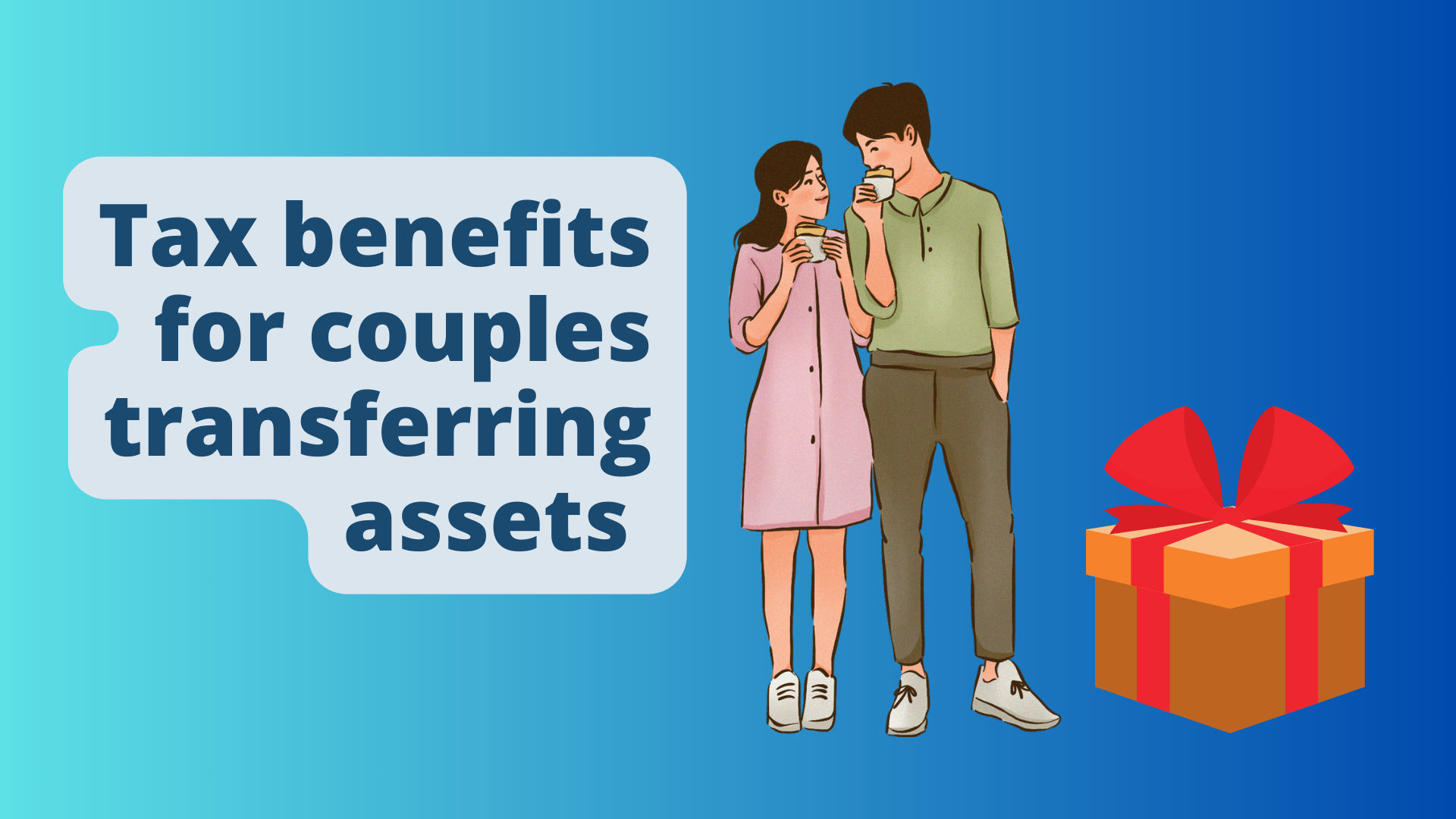There are some helpful tax breaks for spouses and couples – both those who are married and those in a civil partnership. An important one can be the ability to transfer assets between them without any impact to capital gains tax. Sometimes this can be useful for tax planning.
Capital gains – no gain, no loss
Married couples and civil partners can transfers assets from one to the other during the course of the marriage without having to pay Capital Gains Tax (CGT). This applies to all assets including second homes, business interests, shares and capital. It’s known as the ‘no gain, no loss’ relief.
The effect of this rule is that any gain that has accrued while the transferor has owned the asset is passed to the receiver, and there’s no charge at the point of transfer.
Gains do not crystallise until the asset is disposed of outside the marriage or civil partnership.
An example of how this works
Mark purchases a piece of art for £2,000. Five years later he transfers it to his wife Amy. By then, the art is worth £4,000. Amy sells the piece a decade later for £7,000.
When Mark passes the art to Amy, it is transferred at a value of £2,000 – which is Mark’s base cost with neither a gain nor a loss. There is no capital gains tax to pay on the increase in value from £2,000 to £4,000 while Mark owned the art.
When Amy sells the art, the full gain of £5,000 – from £2,000 to £7,000 – becomes chargeable. Amy is liable for the full gain – not just the increase in value since she acquired the art.
There are no other gains in Amy’s tax year, so the gain sits within her annual exempt amount of £6,000. If the painting had fallen in value, Amy owns the overall loss in a similar way.
How the spouse tax break this helps with tax planning
This ‘no gain, no loss’ rule opens up a number of tax planning opportunities:
- Make use of annual exempt amounts
Transferring an asset – or a share in one – can make best use of unused annual exempt amounts.
The annual exempt amount for 2023/24 is £6,000. Using this strategy can save the couple up to £1,200 in tax. Note that the annual exempt amount falls to £3,000 from April 2024.
- Make use of a lower tax band
If a gain can’t be fully sheltered by the annual exempt amount, but the spouses/civil partners have different rates of tax, the taxable gain can be shared and taxed at the lowest rate of tax.
- Change income allocation
Income from an asset owned jointly by spouses and civil partners is taxed 50:50, irrespective of who specifically owns what share.
But to make sure income is taxed at the lowest possible marginal rates, you can transfer a set share of the ownership under the CGT rules.
For example, asset shares could be transferred to be 80:20 in favour of the lower-earning partner. A Form 17 needs to be completed to confirm this transfer.
- Business asset disposal relief
You may be able to qualify for Business Asset Disposal Relief (formerly Entrepreneurs’ Relief) if you are a sole trader or business partner, and you’ve owned the business for at least two years.
The relief reduces the rate of CGT on selling certain business assets from 20% to 10%. Each spouse or civil partner has their own limit. Assets or shares can be transferred from one spouse to the other, before selling.
However, the business needs to be in that ownership structure for two years before disposal for this relief to apply. It’s important to plan ahead if you want to take advantage of this option.
Make sure you and your partner don’t pay more tax than you need to. As Peterborough tax specialists and accountants we can help you assess the most tax-efficient way to manage your affairs. For more information, contact us today.
